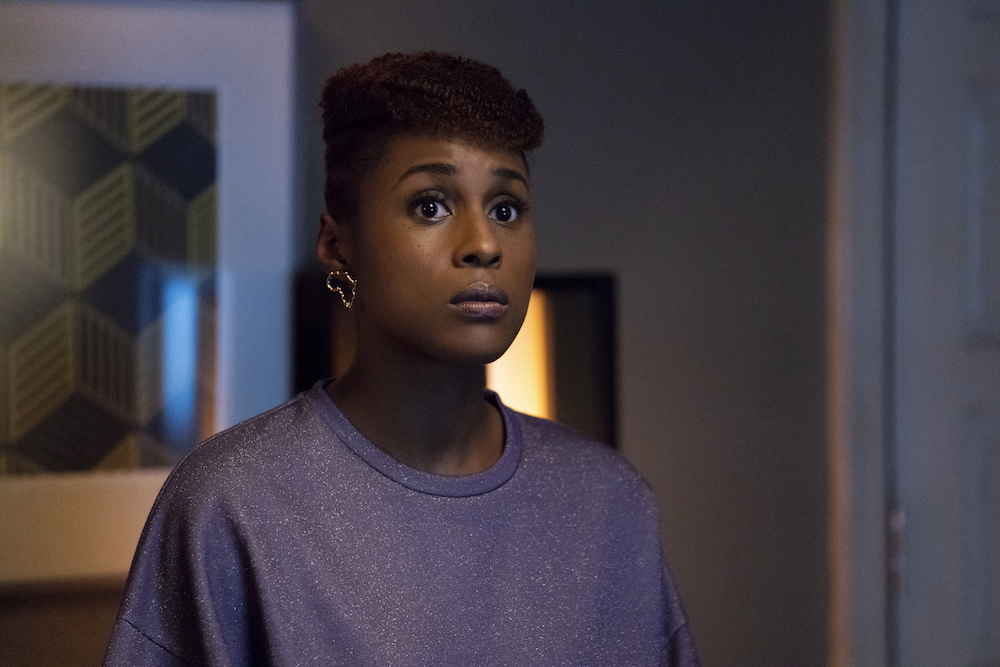In the past year, underrepresented writers — including women, people of color, people with disabilities, LGBTQ+ individuals, and people over age 55 — have made strides in movies and television. However, as a new report from the Writers Guild of America West (WGAW) concludes, the screenwriting profession is still largely exclusionary. The guild released its third Inclusion Report and found that, although women and people of color had increased their ranks as TV writers and screenwriters in 2019, “systemic discrimination against writers from underrepresented groups remains pervasive in the entertainment industry.”
Drawing from employment and credits data from WGA-covered projects and member demographic info, the report shows that women accounted for 44 percent of TV writers in the 2019-2020 season, a five percent increase from the previous season. They represented 27 percent of screenwriters in 2019, a four percent jump from 2018. Meanwhile, POC writers were 35 percent of TV writers and 20 percent of screenwriters. Respectively, these figures mark a five percent and two percent increase from the last WGAW Inclusion Report’s findings.
Breaking these stats down further, women of color comprised 19 percent of TV writers in the 2019-2020 season, while white women were 27 percent, men of color 16 percent, and white men 38 percent. On the film side, women of color made up just seven percent of 2019 screenwriters, as compared to the 20 percent white women, 13 percent men of color, and 60 percent white men.
Race and gender are the main focus of the Inclusion Report, but the study also examines the number of other working underrepresented writers. Self-identified writers living with disabilities are 0.7 percent of current active WGAW members, despite the CDC finding that 26 percent of U.S. adults have at least one disability. Meanwhile, writers aged 55 or older “are subject to the same ageism that pervades all of Hollywood.” This group makes up 29 percent of the U.S. population, but only 18 percent of 2019 screenwriters and 12 percent of TV writers working in the 2019-2020 season.
Comprising six percent of WGAW members, LGBTQ+ writers “have achieved representation on par with their numbers in the overall U.S. population [4.5 percent],” per the study. “Adequate representation, however, does not mean LGBTQ+ writers no longer face discrimination.” Indeed, even though the employment numbers for LGBTQ+ folks are encouraging, their work environments can be hostile.“My opinions are often dismissed,” a LGBTQ+ writer revealed in a recent Think Tank for Inclusion and Equity survey, “whereas my cis-het White male counterparts are viewed as the experts on everything relative to storytelling. My years of experience don’t count for as much as theirs, even when I have more years than they do.”
“While it will take work from individuals and companies across our industry to change the status quo, credit for the progress that has been made belongs, first and foremost, to the writers from underrepresented groups who work not only to write excellent scripts and tell great stories, but also to open doors for themselves and the writers who will come after them,” the Inclusion Report stresses. The study ends with a collection of resources for making film and TV writing more hospitable for underrepresented groups, and a call for studios, showrunners, producers, executives, agents, and managers to use them.
“With transparency, accountability, and continued effort, we can end discrimination against underrepresented writers and increase inclusion and equity across our industry,” the report declares.
Check out the full report on the WGA’s website.







